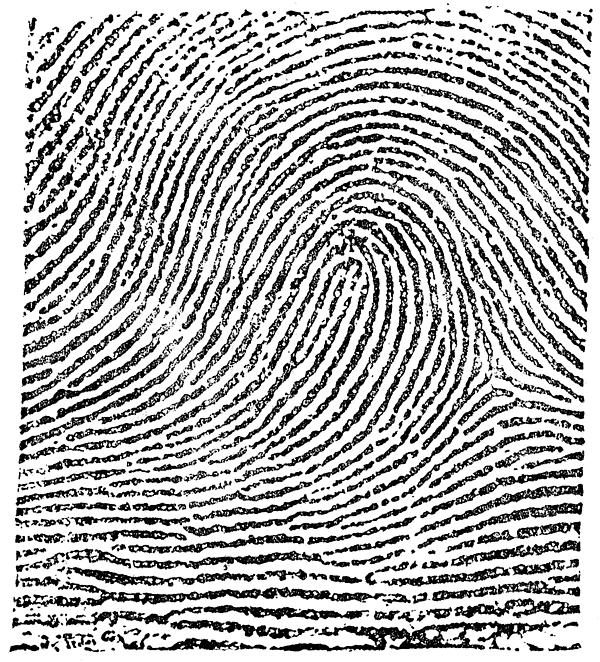Use code RJTJFG for 20% off at checkout. Until 5/31/20


Boundary: Bleed area may not be visible.

The watermark at the lower right corner of the image will not appear on the final product.

by Science Source
$40.00
Size
Orientation
Image Size
Product Details
Our luxuriously soft beach towels are made from brushed microfiber with a 100% cotton back for extra absorption. The top of the towel has the image printed on it, and the back is white cotton. Our beach towels are available in two different sizes: beach towel (32" x 64") and beach sheet (37" x 74").
Don't let the fancy name confuse you... a beach sheet is just a large beach towel.
Design Details
Fingerprint image taken from Edward Richard Henry's, Classification and Uses of Fingerprints. The Henry Classification System divides fingerprint... more
Care Instructions
Machine wash cold and tumble dry with low heat.
Ships Within
1 - 2 business days

Photograph

Canvas Print

Framed Print

Art Print

Poster

Metal Print

Acrylic Print

Wood Print

Greeting Card

iPhone Case

Throw Pillow

Duvet Cover

Shower Curtain

Tote Bag

Round Beach Towel

Zip Pouch

Beach Towel

Weekender Tote Bag

Portable Battery Charger

Bath Towel

Apparel

Coffee Mug

Yoga Mat

Spiral Notebook

Fleece Blanket

Tapestry

Jigsaw Puzzle

Sticker
Fingerprint image taken from Edward Richard Henry's, Classification and Uses of Fingerprints. The Henry Classification System divides fingerprint records into groupings based on pattern types. The system makes it possible to search large numbers of fingerprint records by classifying the prints according to whether they have an "arch," "whorl," or "loop." In the typical loop pattern the ridges enter from one side of a finger, form a curve, and then exit on that same side. The Henry Classification System is a long-standing method by which fingerprints are sorted by physiological characteristics for one-to-many searching. Developed by Sir Edward Henry in the late 19th century for criminal investigations in British India, it was the basis of modern day AFIS classification methods up until the 1990s. In recent years, the Henry Classification System has generally been replaced by ridge flow classification approaches.
$40.00


There are no comments for Typical Loop Pattern, 1900. Click here to post the first comment.